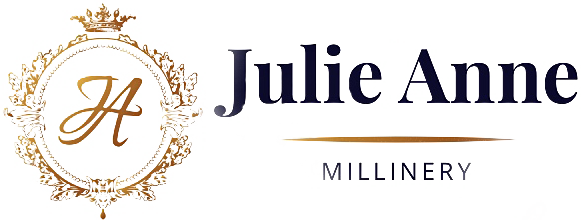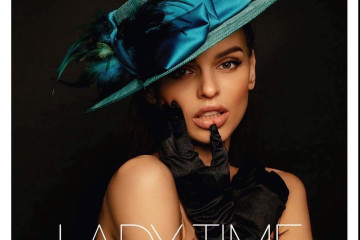Hat Glossary
Hat Glossary
Hat Glossary
Hat Styles
Discover the unique characteristics of various hat styles:
- Fedora: A soft felt hat with a wide brim and indented crown, perfect for a classic look.
- Homburg: A formal felt hat featuring a curved brim and a single center dent in the crown.
- Trilby: Similar to a fedora but with a narrower brim, often angled down at the front and slightly upturned at the back.
- Porkpie: A low, flat-crowned hat with a short, upturned brim all around.
- Bowler: Also known as a coke hat, it has a rounded crown and a short, curled brim.
- Top Hat: A tall, flat-crowned formal hat with a narrow brim, synonymous with elegance.
- Western Hat: Also called a cowboy hat, featuring a wide brim and high crown.
Anatomy of a Hat
Understanding the parts of a hat:
- Crown: The top part of the hat that covers the head.
- Brim: The projecting edge extending outward from the crown.
- Sweatband: An inner band that absorbs perspiration and ensures a comfortable fit.
- Hatband: A decorative band encircling the base of the crown.
- Lining: The inner fabric, typically made of silk or satin for comfort and durability.
- Tip: The top center of the crown.
- Side: The vertical part of the crown.
- Pinch: The front indentation of the crown, adding character to the hat.
Materials and Craftsmanship
Exploring the materials and techniques that make a quality hat:
- Felt: A fabric created by matting, condensing, and pressing fibers together.
- Fur Felt: Premium felt made from animal fur, typically rabbit or beaver, known for its luxurious feel and durability.
- Wool Felt: Felt made from sheep's wool, offering excellent shape retention and weather resistance.
- Blocking: The artisanal process of shaping a hat using steam and a wooden form.
- Pouncing: Smoothing the hat's surface using abrasive paper for a refined finish.
- Sizing: Adjusting the hat size to ensure a perfect fit for the wearer.
- Finishing: The final steps in hat-making, including trimming and adding decorative elements.

 Română
Română
 Русский
Русский

